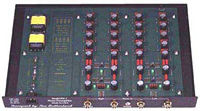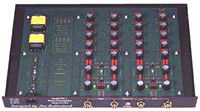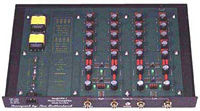With the proposed DVD-Audio format comes the opportunity for multiple channels of high-quality sound. But would you even consider adding more speakers to your two-channel system?
Do you want surround-sound in your audio system?
- Read more about Do you want surround-sound in your audio system?
- Log in or register to post comments





